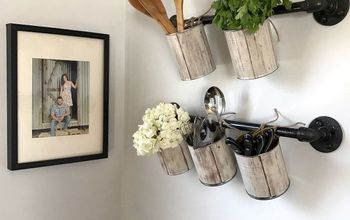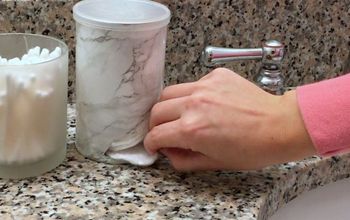900 Views
"I Hate My Low Flow Toilet! What Can I Do?

by
Manderley Gate
(IC: professional)
Being in the toilet odor venting system business I hear this statement from our customers from time to time so thought it might be helpful if I'd share with you on how your toilet actually works and yes where a rose is a rose is a rose could be said of your toilet that's not actual correct as you will see.
The first thing most people do when selecting a toilet is decide on what color, style and of course price range they want. Whether its elongated or round, white or bone and of a one piece or two piece design. While these thing are important for cosmetic reasons they have little to nothing to do with how it will perform once installed in your home. In this article I going to cover some of the inner works of your toilet so hopefully you'll be able to select not only a toilet that is pleasing to the eye but will perform at the level you wish.
As you can imagine, toilet manufactures have had to come up with some pretty ingenious solutions for using less water while not compromising the performance of their product.
Traditionally most toilets used a 2" flapper style flush valve and many still do but some manufacturers have gone to a 3" and even is some cases a 4" size flapper flush valve. This allows water to enter into the bowl more quickly creating more force to move the waste through the toilets S trap. The Kohler toilet company while still using a 2" size flush valve have replace the flapper design with a piston design flush valve. All flush valves, no matter what design, have incorporated into them an overflow tube. The overflow tube prevents your toilets water tank from over filling if the water inlet valve were to become stuck. The flapper design flush valve is hinged to this overflow tube. Some manufacturers believe this hinged area can restrict the water flow into the bowl. Kohlers piston flush valve doesn't have a hinge area, its overflow tube/opening is in the center of the piston.
Another style of flush valve is the pressure-assist. This design uses trapped air inside its tank to help push the water through the bowl. Compressed air along with gravity, pushes the water down through the bowl when flushed. It too uses a 2" flush valve opening .
I'm familiar with all three of the above flush valve designs and can say all things being equal they all work well. Just a note: the pressure-assist can be a little noisy but I find they usually work very well. You will usually see these in commercial installation.
Before we go into bowl design I wanted to show you just one of American Standards solution to low flow water flushing. If one is good two must be even better right? This is the flush valve system on their Optum VorMax toilet. It uses not one but two flapper flush valves, one is for the cleaning the rim of the bowl and the other is for the power jet in the bottom of the bowl.
On the American Standard VorMax the water bowl inlet opening at the bottom of the photo is designated for the rim of the bowl as where the open at the top of the photo feeds the power jet at the bottom of the bowl. Majority toilets will have a power jet water outlet in the bottom of the bowl. This outlet faces the large S trap opening in the bottom of the bowl. When you flush your toilet water rushes towards the S trap opening, helping push the waste through the S trap.
On the example of the Toto Drake toilet you can see the size of the 3" water
Majority toilets use small openings, (around 30 or so), located up under the rim of the toilets bowl to rinse the basin. American Standard and Toto both have select models that use a large single or double opening to rinse the toilets bowl. American Standards is the VorMax which you see in the above photo and Totos is the Cyclone which uses two large openings, one on each side at the top of the rim.
Whats better? Many small rim openings or one / two large rim openings ? There are pros and cons for both. Let me just say that with the many small opens maintenance may be a little more important. If you have hard water where you live, they could become plugged over time from calcium build up hence the coat hanger photo above. May not be a bad idea to check the openings on a brand new toilet before installing it as well. I've seen new toilets, right out of the box where the openings in the toilet rim were blocked! Some I was able to open with the tool above others I had to return the toilet. I've seen this from more than just one manufacturer.
Enjoyed the project?
Published November 13th, 2016 3:54 PM
Comments
Join the conversation
1 comment




































Frequently asked questions
Have a question about this project?